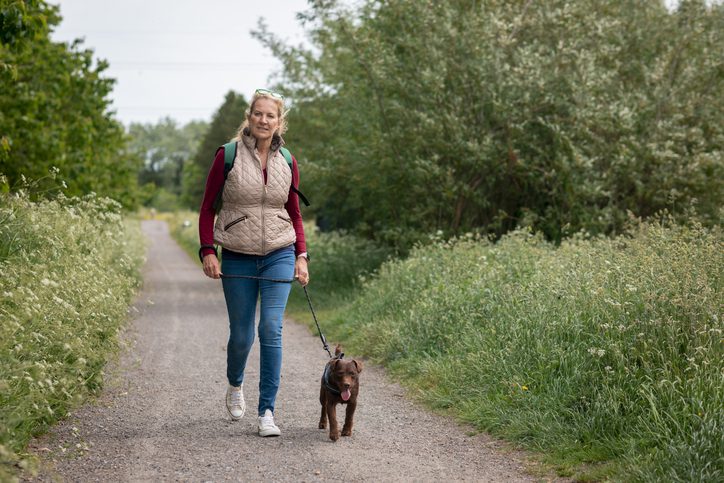
by rachael | Apr 15, 2022 | Physical Health
Walking is a healthy habit that’s free and easy to fit into your day. Every step you take burns calories, strengthens your heart, eases joint pain, improves sleep, and boosts your immune system, your mood, and your energy. Walking may even prolong your life. So...


